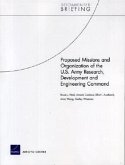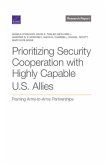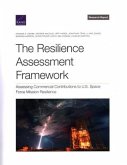The U.S. Space Force (USSF) is seeking to enhance the resilience of its space operations. This report documents the authors' development of a methodology to define, assess, and evaluate resilience criteria over time--with a focus on the qualitative assessments of subject-matter experts (SMEs)--and the application of that methodology to measure the impact of partnerships on the operational resilience of the U.S. military satellite communications (MILSATCOM) mission. The authors used semistructured interviews to elicit logic models regarding how and why integrating partners into MILSATCOM missions could affect resilience. The authors then formulated explanatory paired logic statements about how partnerships affect resilience and used these paired logic statements in a survey designed to ascertain whether the paired items are independent factors that should be modeled as separate inputs in later quantitative resilience modeling. The authors find that SME consensus appears to be deeply affected by the confounding factor that U.S. military personnel believe that the United States lacks the tools, training, and procedures needed to rapidly reallocate MILSATCOM resources in response to an adversary attack. Until this is remedied, more-detailed analyses regarding how best to integrate coalition and commercial partner resources will be obscured by a lack of trust that those resources can and will be properly integrated. The report should be of interest to those seeking to understand how partnerships can be leveraged to improve the resilience of the MILSATCOM mission and those interested in methods to evaluate the validity of qualitative assessments about those partnerships.
Hinweis: Dieser Artikel kann nur an eine deutsche Lieferadresse ausgeliefert werden.
Hinweis: Dieser Artikel kann nur an eine deutsche Lieferadresse ausgeliefert werden.








